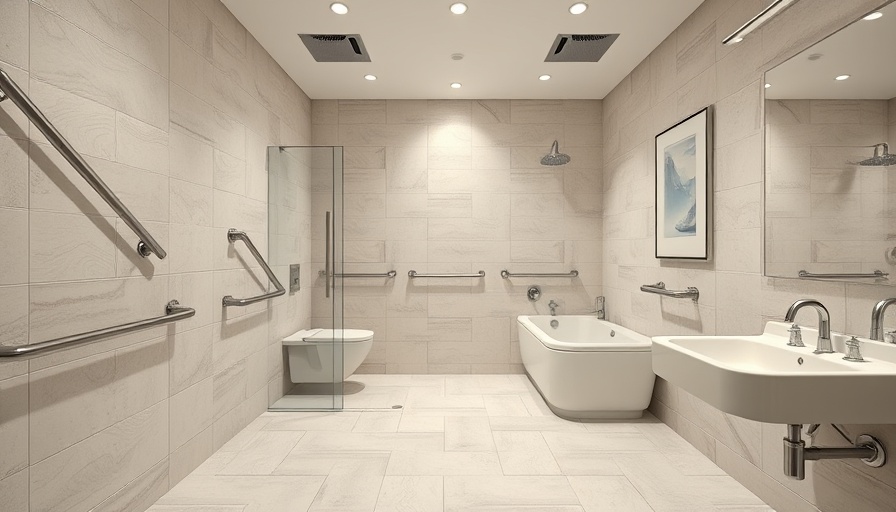
Aging Gracefully: Embracing Changes at Home
Aging gracefully at home is a journey, one that involves both physical modifications and emotional adjustments. As we age, our needs evolve, and so should our living environment. By understanding the importance of home modifications, we can foster safety and independence, allowing us to enjoy our golden years in the comfort of our beloved homes.
Understanding the Importance of Home Modifications
As we grow older, our bodies undergo changes that require us to reconsider how we navigate our spaces. Home modifications are more than just upgrades; they are essential adaptations that enhance accessibility and prevent accidents, effectively allowing us to maintain our independence.
Creating an environment that accommodates our evolving needs significantly improves our quality of life, allowing us to feel secure and comfortable in our surroundings. Importantly, a customized home can provide emotional benefits as well, transforming our living spaces into sanctuaries that evoke a sense of familiarity and comfort.
Key Areas for Modification: Creating a Safe Sanctuary
When planning modifications, it's crucial to focus on key areas of the home, each of which presents unique challenges. Start with the entrance, where wide doorways and ramps can greatly ease accessibility. Moving into the kitchen, consider incorporating lower counters and pull-out shelves that reduce physical strain. The bathroom, often a site for potential accidents, can benefit from elements like grab bars and walk-in tubs, which promote safety without sacrificing style.
Additionally, living spaces should maintain usability while ensuring safety through non-slip flooring and well-placed lighting fixtures. It’s all about tailoring the home environment to fit individual capabilities and preferences.
Harnessing Technology: A Modern Approach to Aging in Place
In our technology-driven world, smart home features can play a pivotal role in enabling independent living. From voice-activated assistants that can control lighting to smart thermostats, technology can greatly simplify daily tasks, thus enhancing comfort and safety.
Security systems with motion detectors can provide added peace of mind, alerting family members of any unusual activity. Moreover, wearable health monitors can give insights into health trends, allowing for timely interventions and ensuring safety.
Promoting Emotional Well-being: Creating a Personal Sanctuary
The psychological aspect of aging at home should not be overlooked. A personalized space that reflects one’s personality contributes significantly to emotional well-being. Integrating favorite decor elements, photographs, and comfortable furnishings can create a joyful habitat.
These modifications do not solely serve a functional purpose. They also convey a sense of belonging and connection, helping to mitigate feelings of loneliness or anxiety that can come with aging.
Insurance and Financial Considerations: Planning for the Future
As you consider modifications, it’s wise to review your insurance policies and available financial resources. Some changes may be covered under home insurance, while others could qualify for special grants offered to seniors looking to improve safety and accessibility in their homes.
Understanding your options can empower you to make informed decisions about the best and most affordable modifications without compromising on quality and comfort.
FAQs: Common Questions About Home Modifications for Aging
**What are the most critical areas to modify for senior living?**
Entrances, bathrooms, and kitchens are the most critical spaces that should be addressed to improve safety and accessibility.
**Are there grants available for home modifications?**
Yes, there are several government and non-profit programs designed to assist seniors with funding home modifications.
**How can technology assist in aging at home?**
Smart home technologies can create safer living environments while also promoting independence for seniors.
Concluding Thoughts: Take Action for Peace of Mind
Aging gracefully at home is within everyone's reach, provided you take the necessary steps to prepare your living space. By implementing these recommended modifications, you can not only enhance your home’s safety and accessibility but also cultivate an environment that continues to bring you joy and tranquility.
Don’t wait until it’s too late—start mapping out your home modifications today and begin your journey towards a comfortably aged home!
 Add Row
Add Row  Add
Add 




 Add Row
Add Row  Add
Add 

Write A Comment